


Collaborate with stakeholders
There are many stakeholders for an offshore wind farm. Examples include: The Crown Estate, National Grid, the fishing industry, the British Port Association, and local communities.
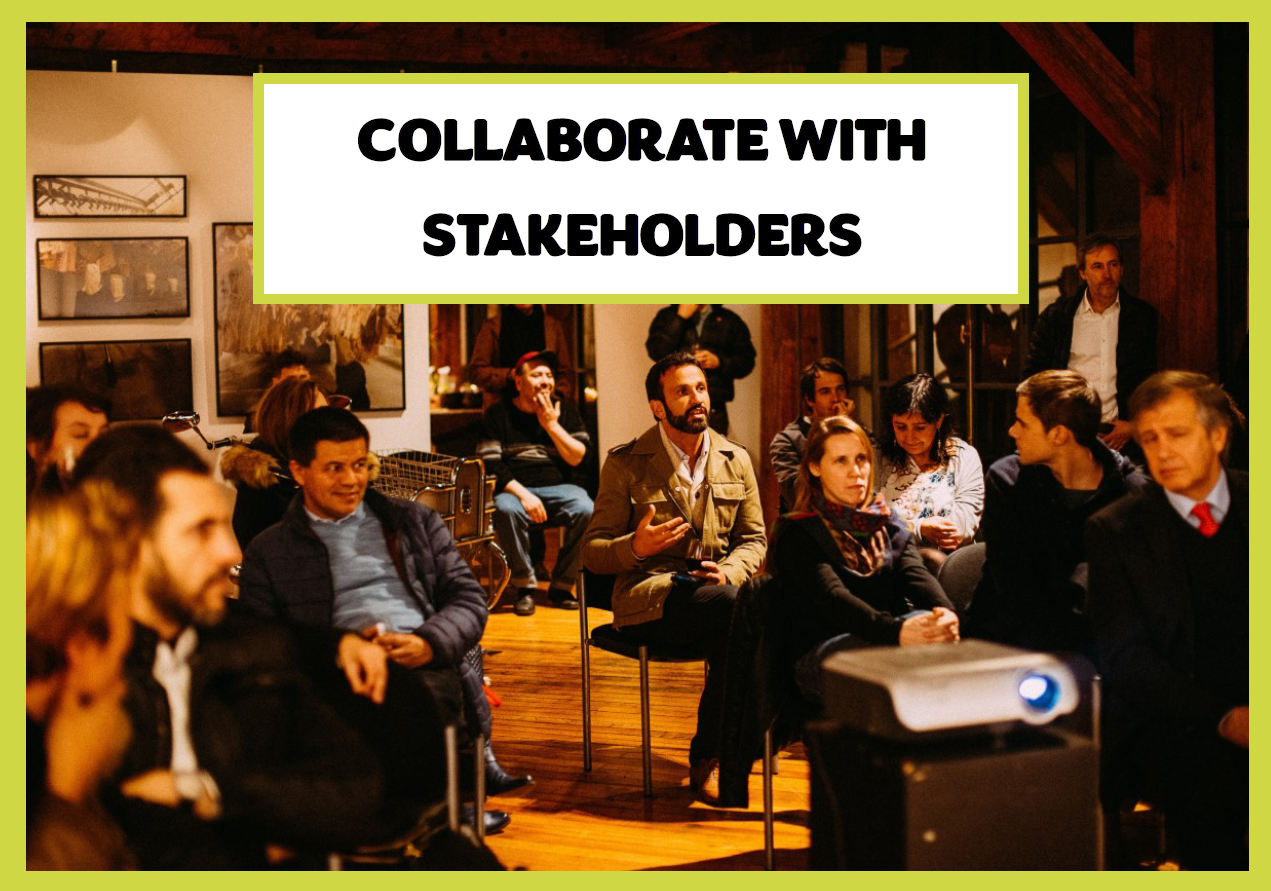
Ensure continuous energy supply
The wind does not blow all the time, hence, energy harnessed by a turbine is not constant and fluctuates. Energy intermittency is a key challenge for energy from sustainable sources as it does not always coincide with energy demand.
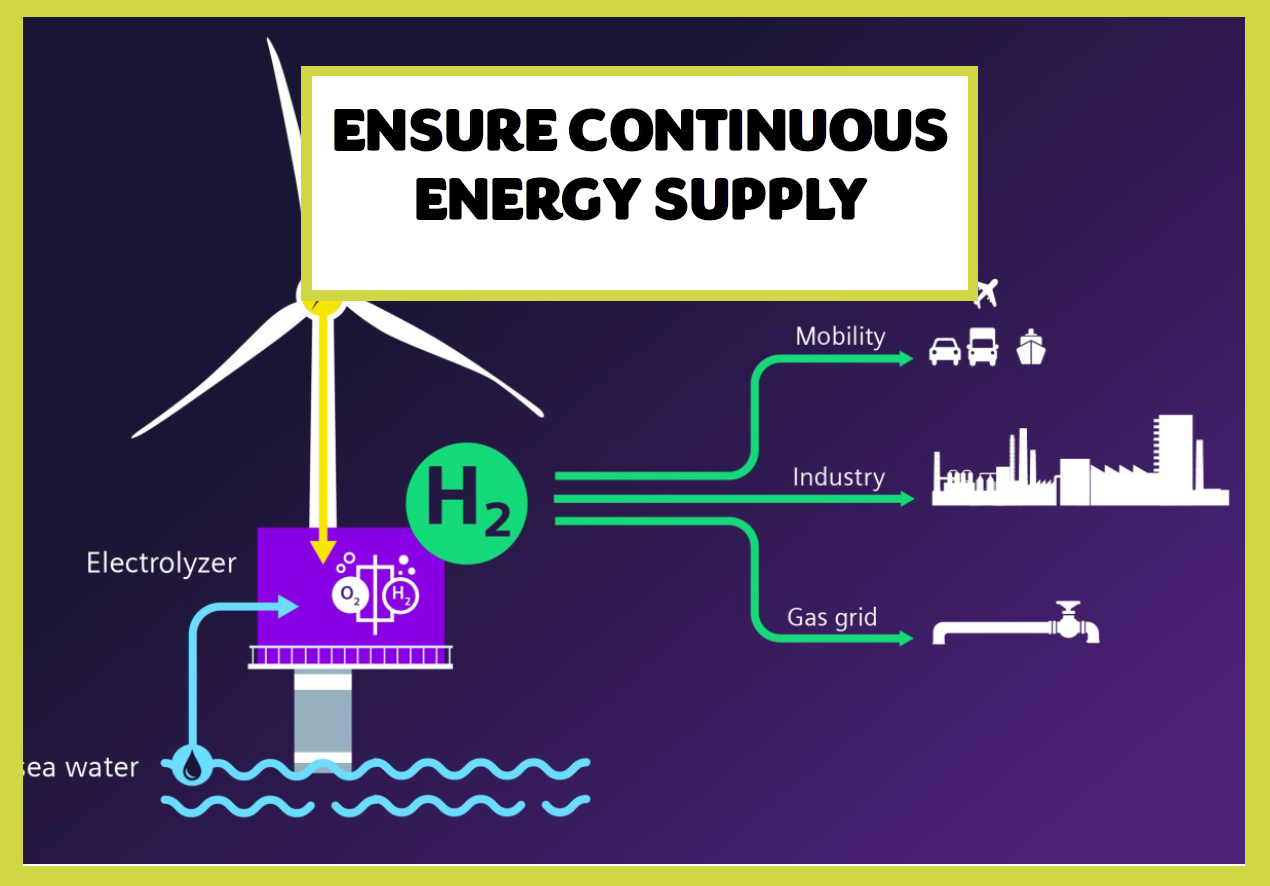
Prevent motion sickness
Motion sickness can be reduced by monitoring the vessel motion but also by improving training, regulating the diet and monitoring the weather before leaving for site.
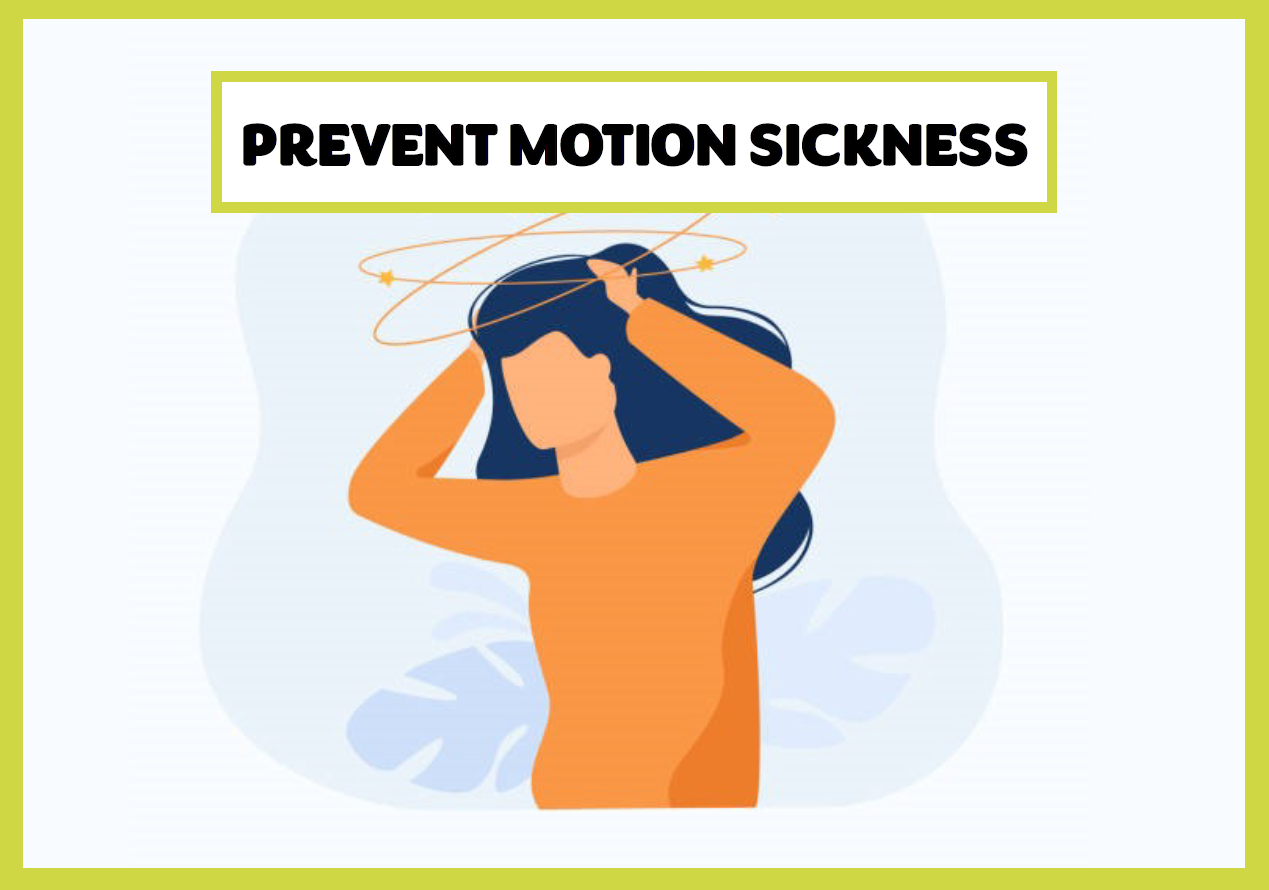
Prevent turbine components failure
Each component is designed for certain operating conditions and for a certain operating life. Robust maintenance is required to prevent failures, and monitoring is a key element of this maintenance.
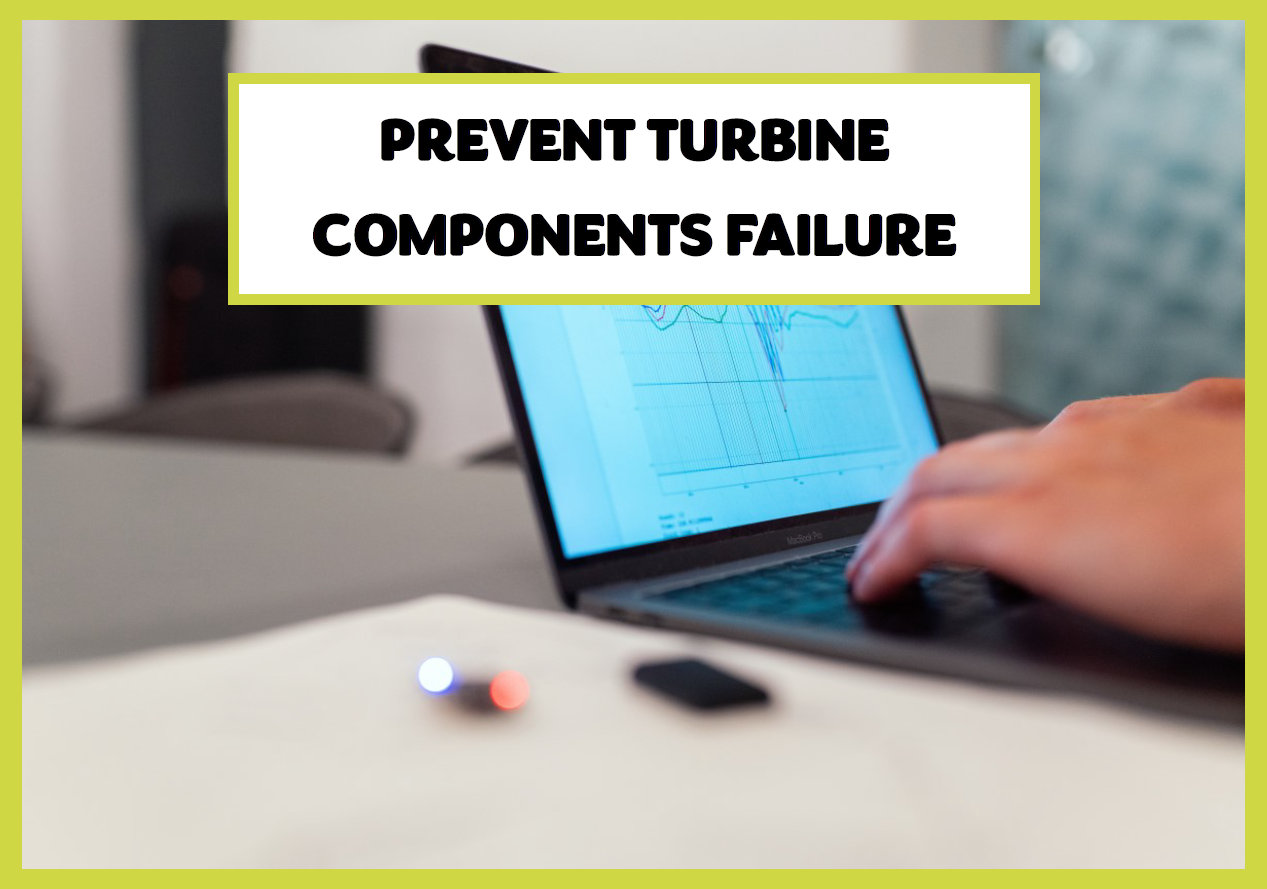
Reduce energy loss
Wakes cause downstream turbines to produce less energy. Design plays a big part to minimise this loss, from morphing blades to wind farm layout to wake steering via yaw misalignment.

Reduce impacts from the environment
The harsh marine environment can make it challenging for offshore wind farms compared to other renewable energy and the unpredictability of the environment adds complexity to all wind farm stages.
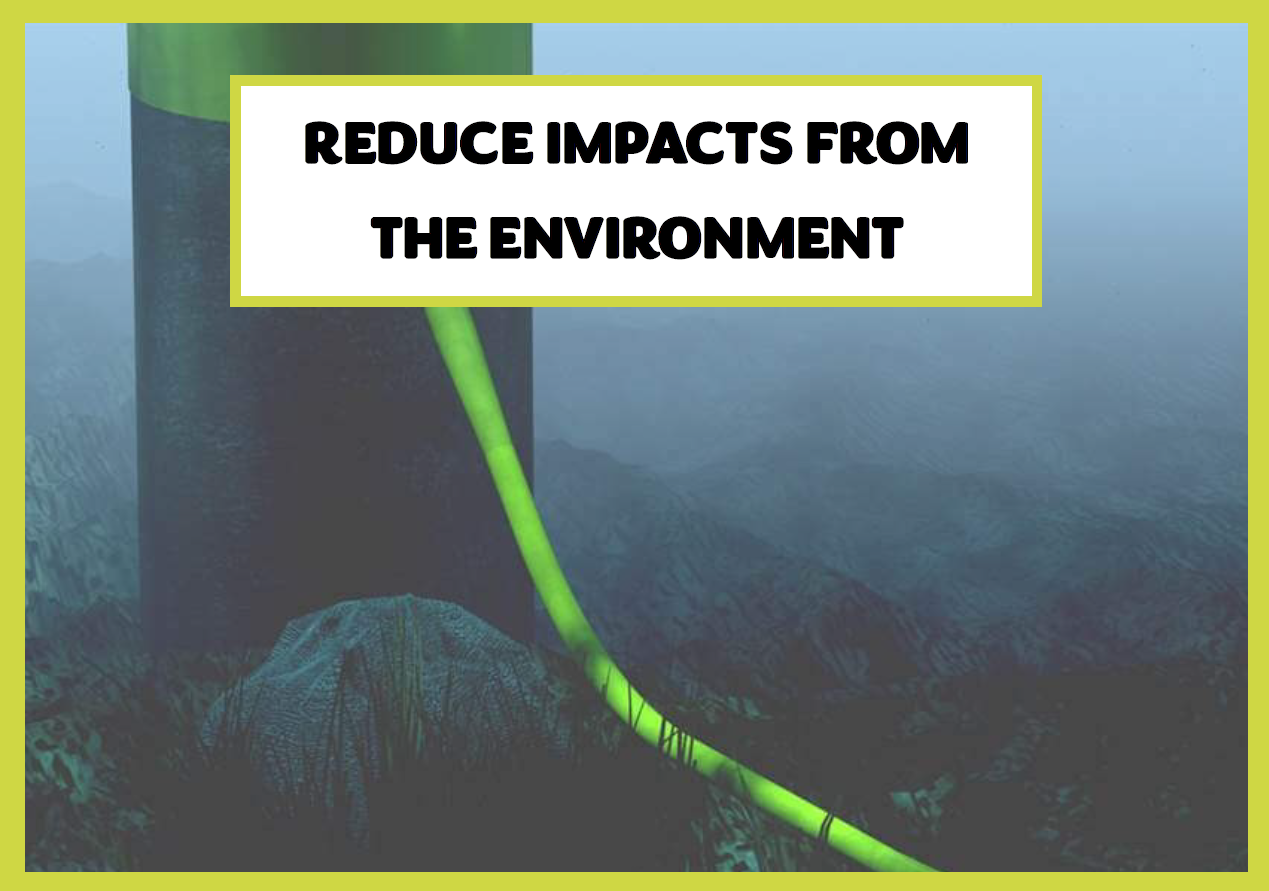
Reduce impacts on the environment
Considering all possible biological and ecological impacts of a wind farm is a significant requirement to ensure that the environment is protected.
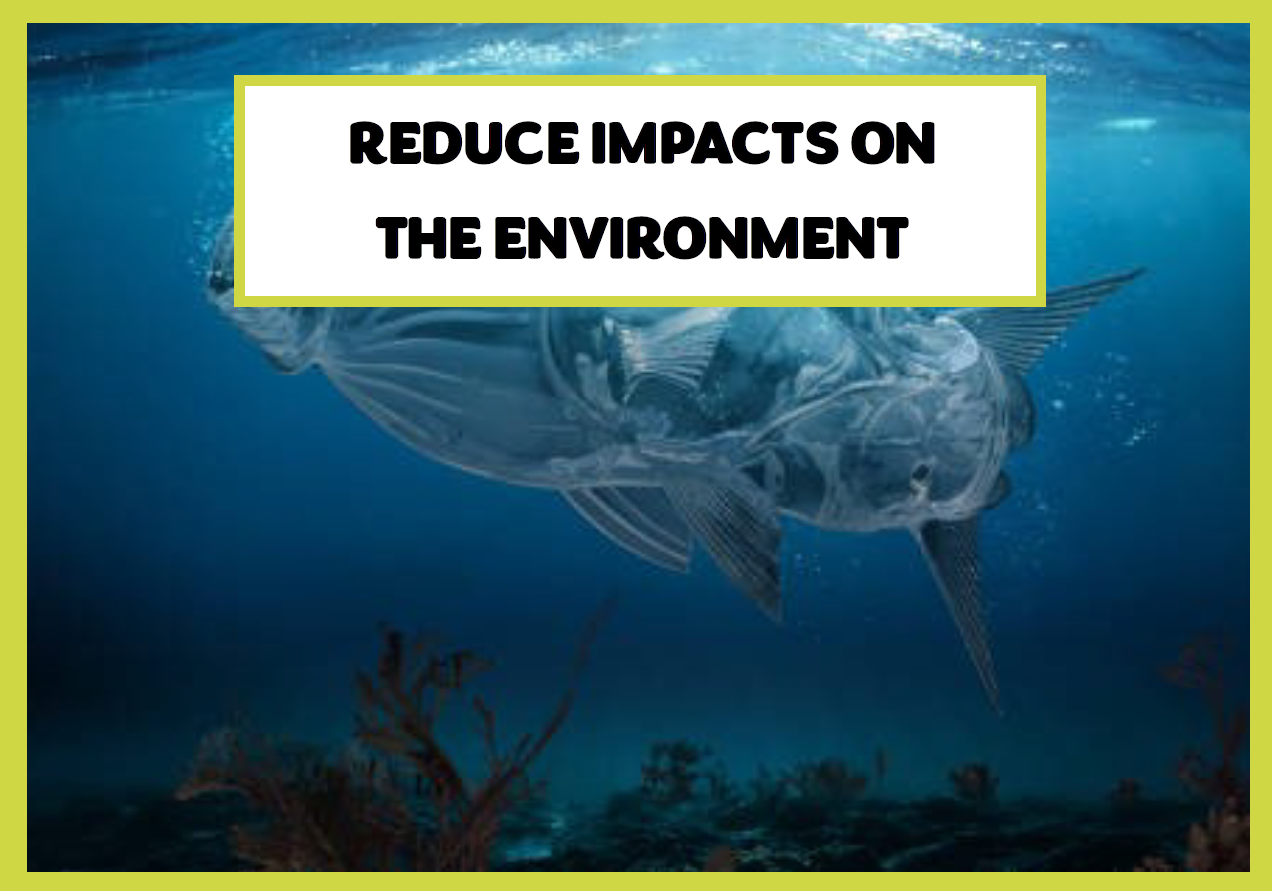
Reduce manufacturing inefficiencies
No manufacturing process is perfect. All processes will have places where time, person-power or materials, and ultimately money is wasted. To reduce losses, inefficiencies need to be reduced.

Select materials for the wind farm
Materials play a key role in the ecological footprint of a wind farm. Tower and foundation materials require high temperatures to process. Blades require toxic chemicals and materials which cannot be recycled.
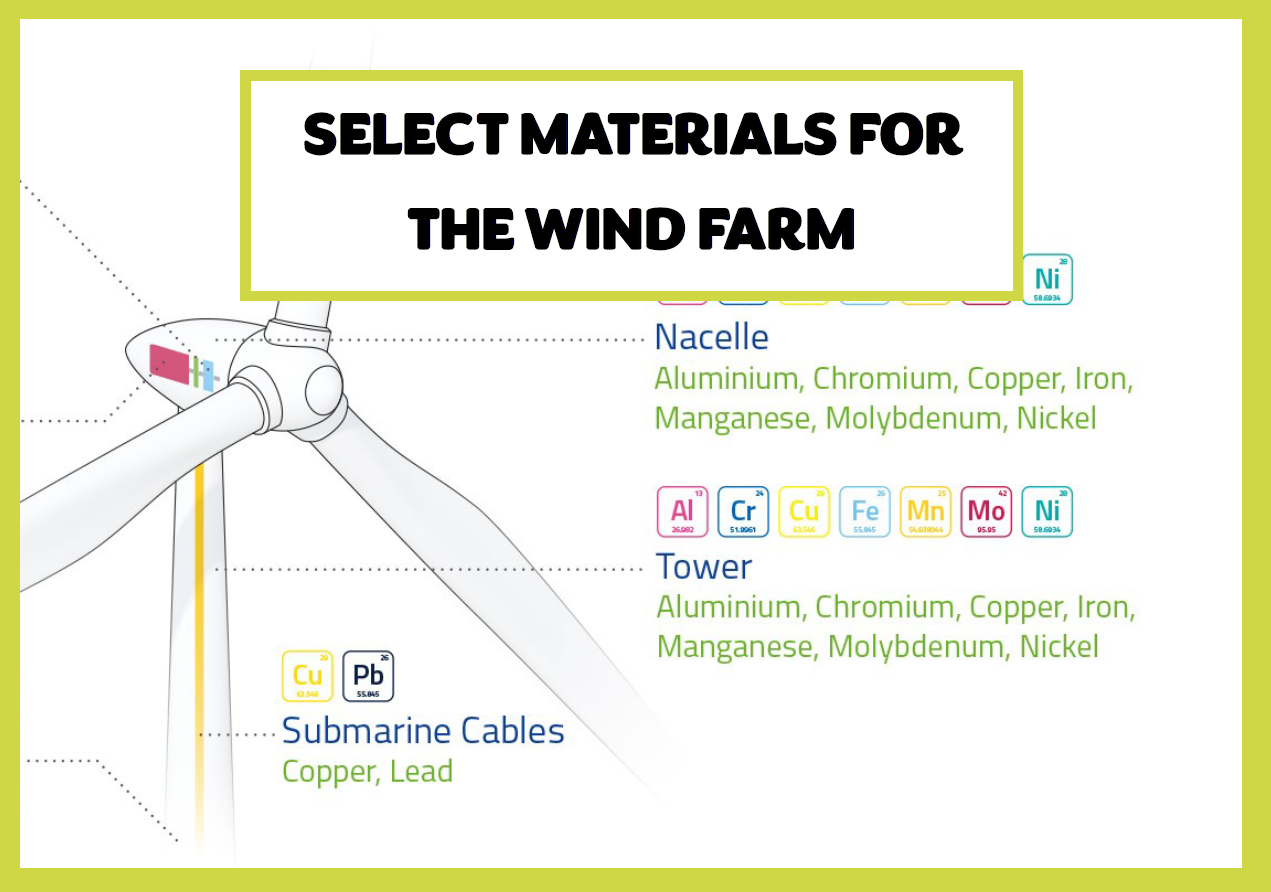
For an informal discussion, call +44 (0) 1482 463331
or contact auracdt@hull.ac.uk